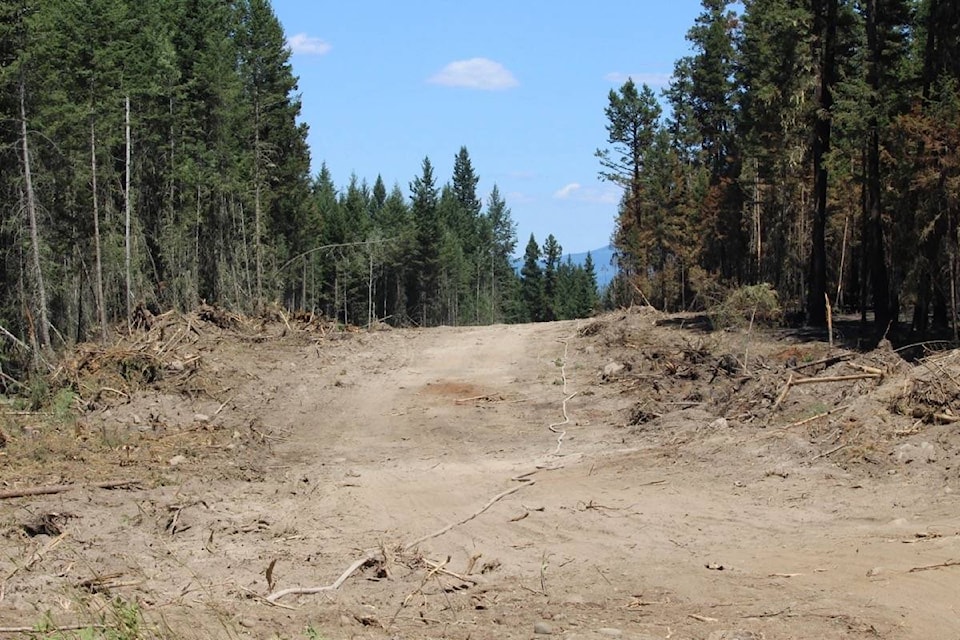The Thompson-Nicola Regional District (TNRD) recently received $990,000 from the Red Cross, which will provide funding for invasive plant control and prevention in areas of the TNRD impacted by last year’s wildfires. The funds will support continuing recovery initiatives over the next three years.
“The TNRD was aware that the Red Cross was looking for projects to fund,” says Jamie Vieira, the TNRD’s Manager of Environmental Health Services. “We put together a few proposals, and this one recently got approved.”
He says that approximately half the funding will go toward invasive plant control or prevention on private land, such as seeding and weed control. A quarter of the funds will go to control or prevention along Ministry of Transportation highways and roads, and a quarter will go to fund a program manager and administrative costs over three years.
A Request for Proposals has been issued for a Wildfire Recovery Manager to oversee the program operations and ensure effective outreach within the area affected. That area is any land within the TNRD that was impacted by the 2017 wildfires, particularly the area of the Elephant Hill wildfire.
Vieira notes that between the fires themselves and the impact on the land from firefighting activities such as the construction of firebreaks, a lot of private land was impacted. It is estimated that 1,290 km of firebreaks were constructed in the area covered by the Elephant Hill wildfire.
When he spoke with The Journal earlier this year, Kevin Boon, president of the B.C. Cattlemen’s Association, said that he had asked the provincial government to start remediating the land disturbed by the firebreaks, before erosion and invasive species made the situation worse.
“The firebreaks have created 5,000 km of access [throughout the province], and people don’t necessarily understand the damage that can be done,” said Boon. He added that if people were going into the affected areas on foot or in vehicles, they could be spreading invasive species.
“If people drive through in trucks or quads, or even walk, they can pick up weeds and drag them for miles. It compounds the problem and creates another hazard, and we need to do some education. It’s a huge concern.”
Vieira says that the TNRD was aware of the B.C. Cattlemen’s Association concerns.
“The fire manager will pound the pavement, find out the extent of the impacted areas, and see what’s needed. That person will be able to go to properties to assess them, make recommendations about seeding and control, and then we can fund it.”
He says that more information about the program will come when the manager is in place. “That person will be out there talking about specifics and seeing what’s needed. Are public meetings the best, or knocking on doors, or going to stockmans’ meetings?
“We have to find out the need. We know that a wildfire, and the work of fighting fires, such as increased traffic and post-fire work, as well as things like mushroom pickers going out, can spread invasive plants.”
He adds that if highways and roadways have healthy grass beside them that can keep down invasive plants. “But if a fire goes through it creates a disturbance. If a seed bed is there, you can expect to find invasive plants.”
Vieira says that spotted knapweed is still the invasive plant that’s of most concern in the lower areas and grasslands of the region, and a top concern for the cattle industry. “We’ll target that, but will look at any noxious weeds.”
editorial@accjournal.ca
Like us on Facebook and follow us on Twitter
